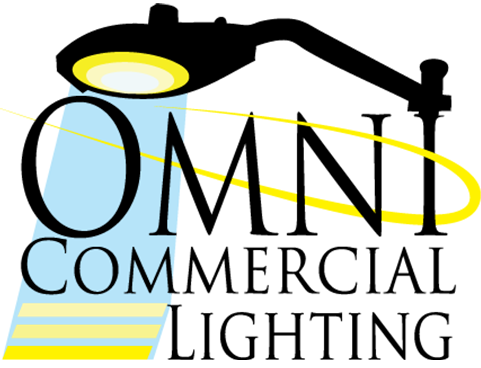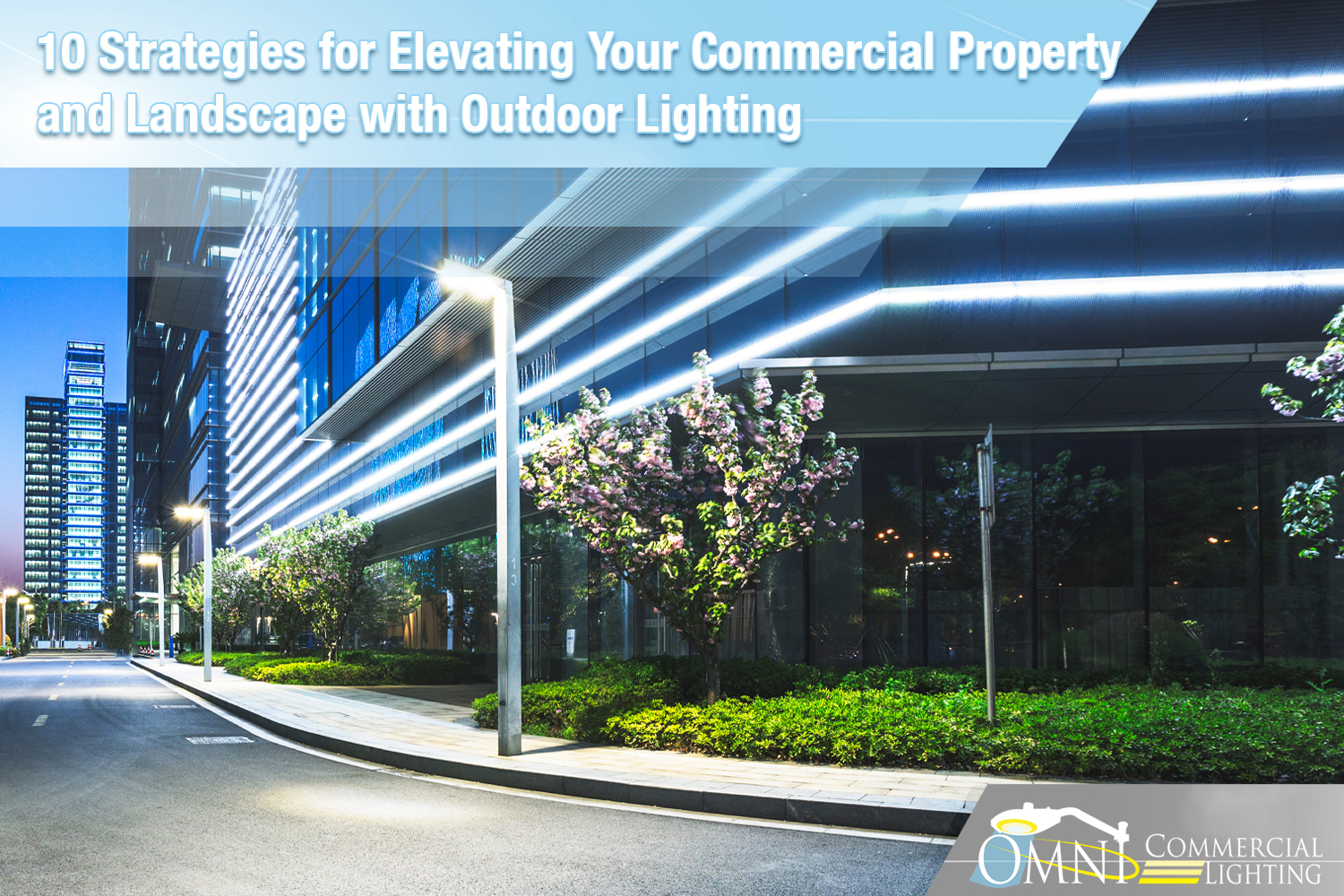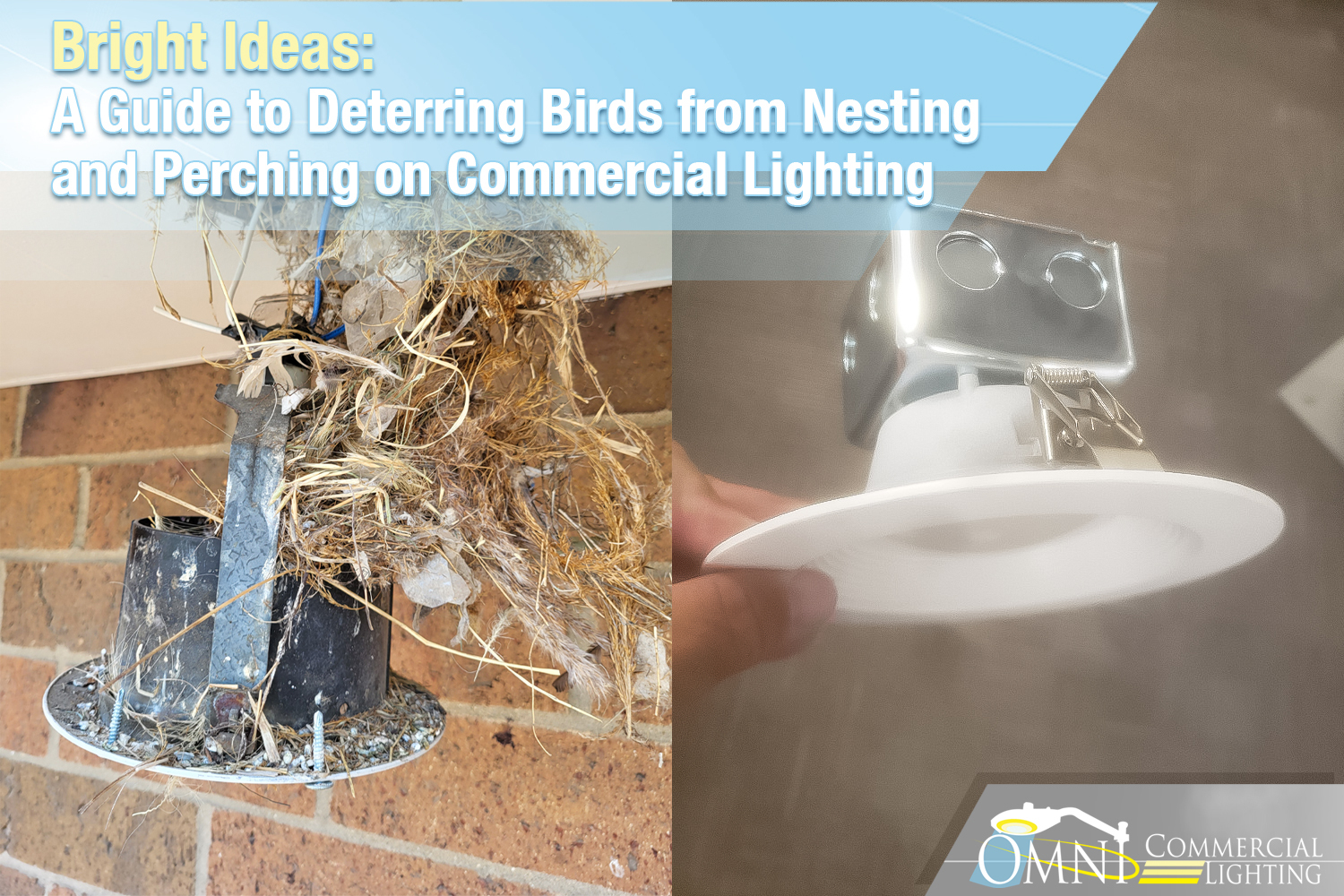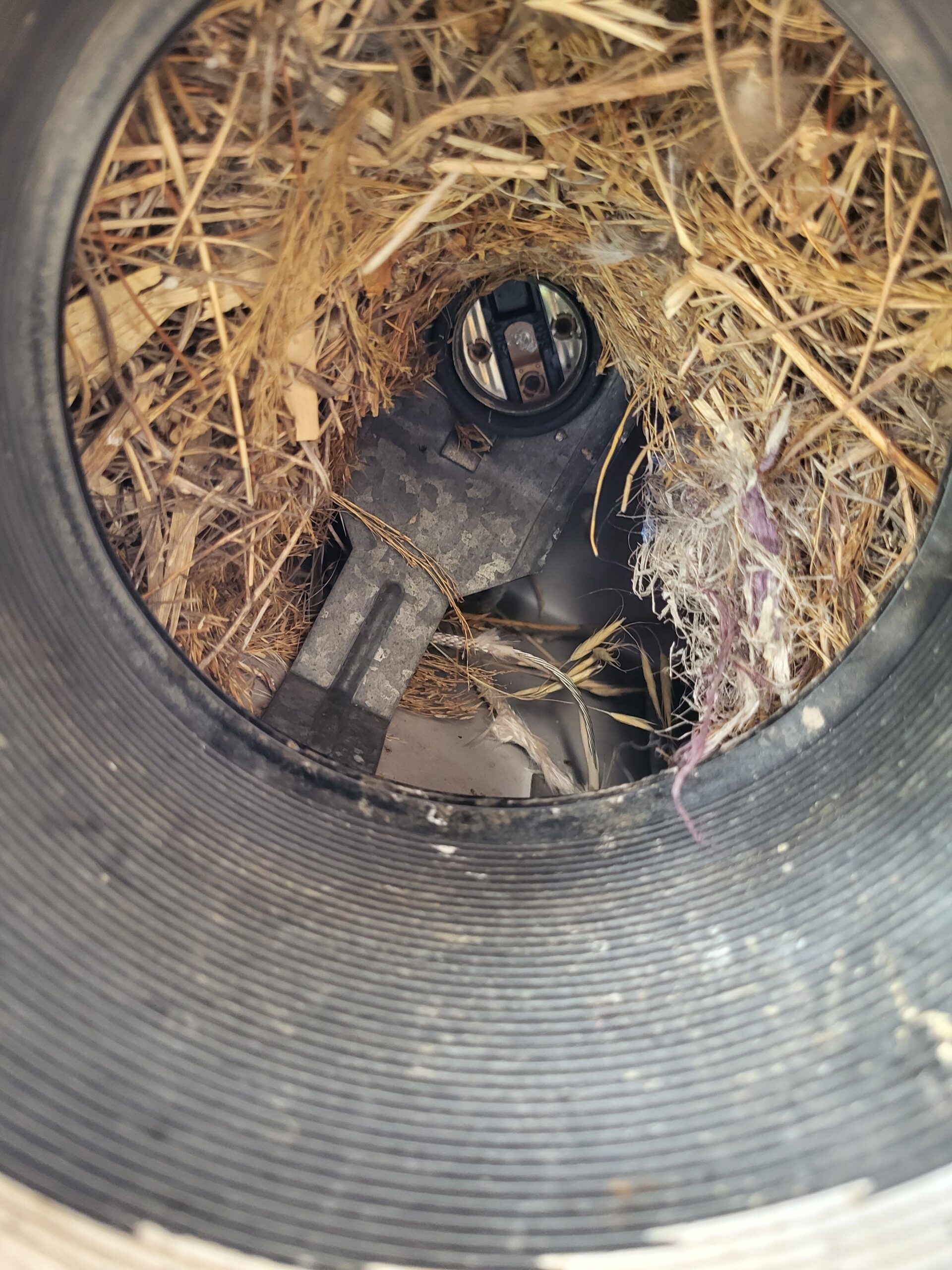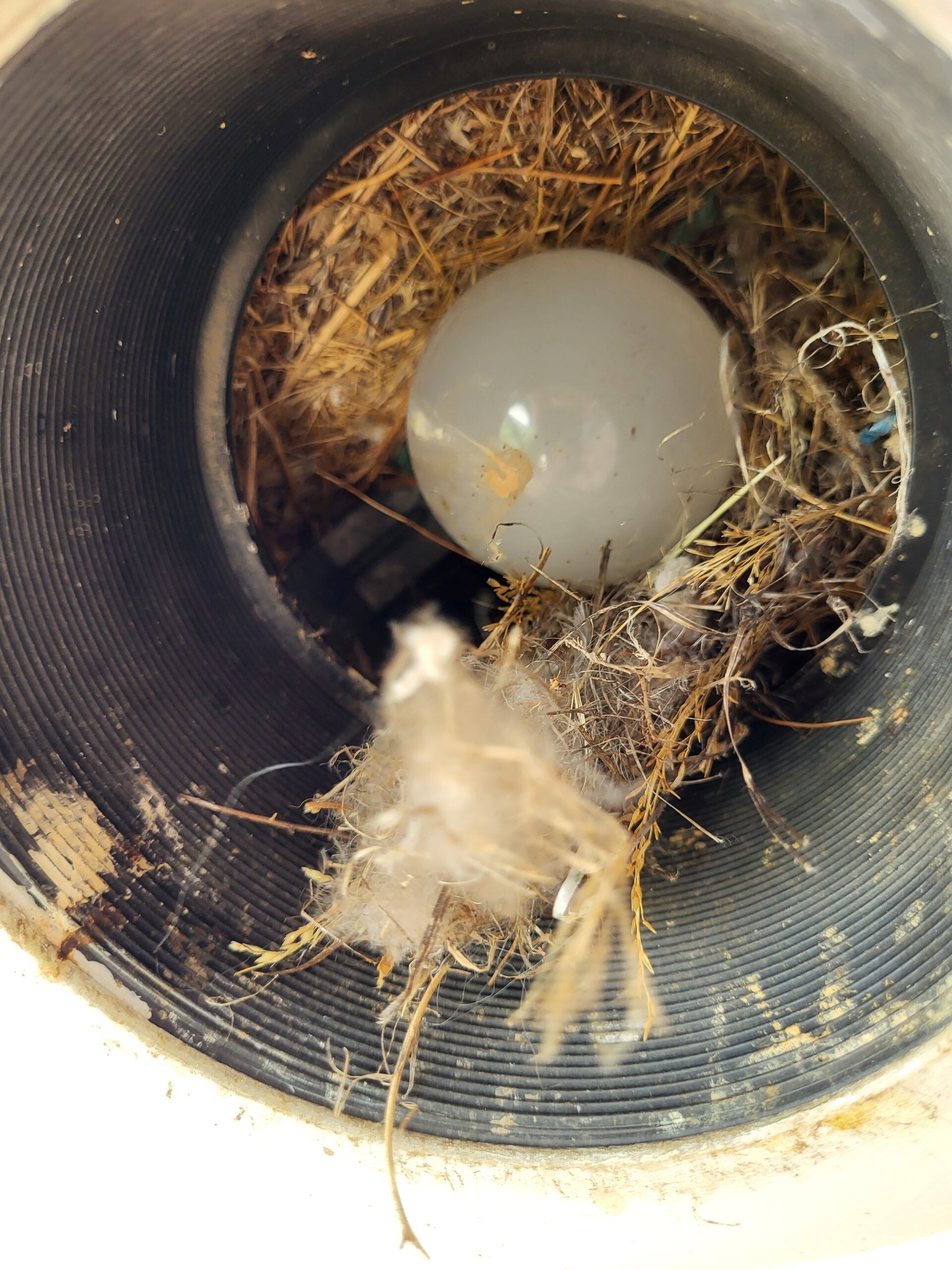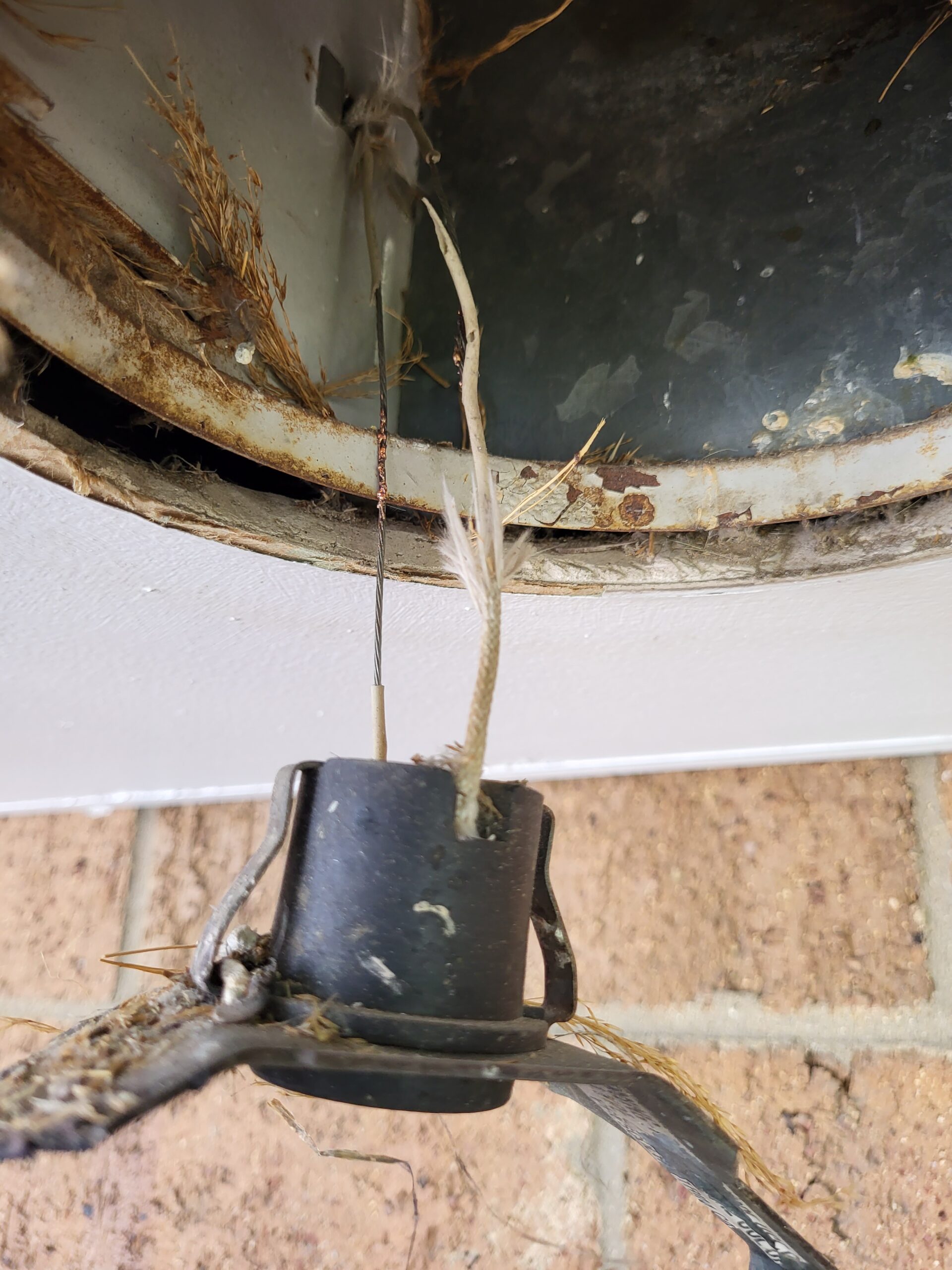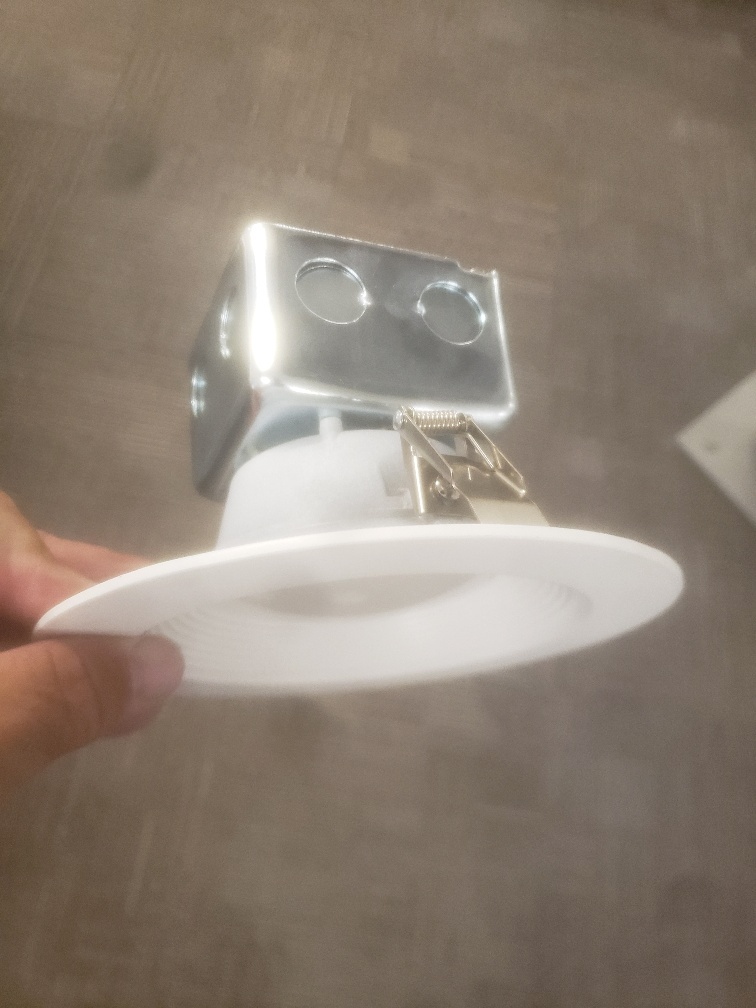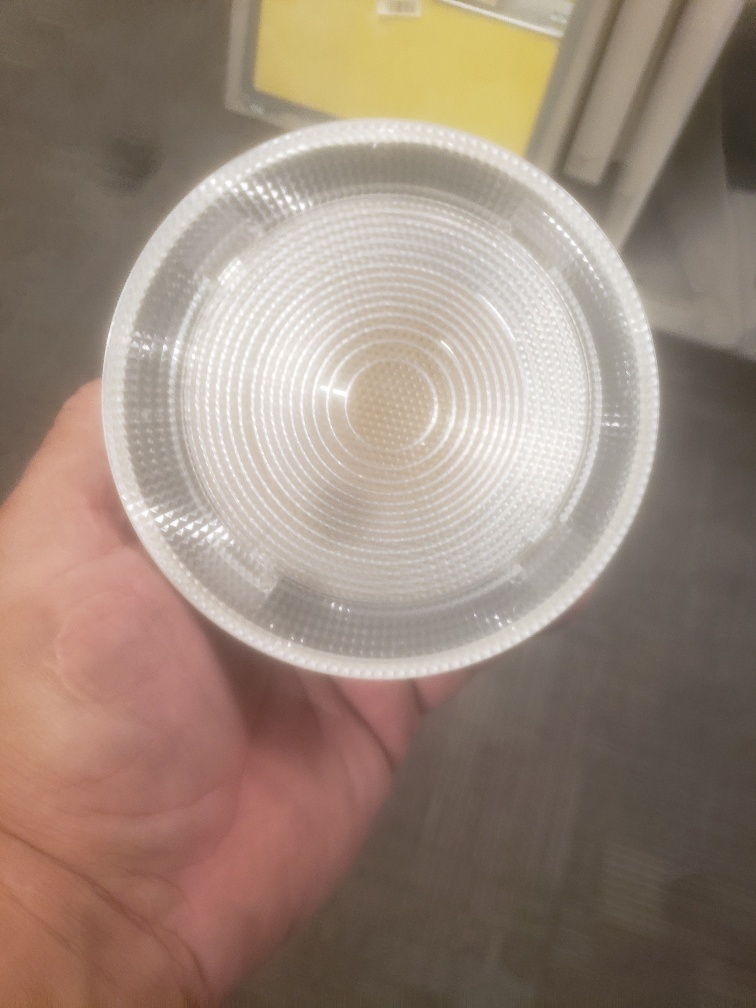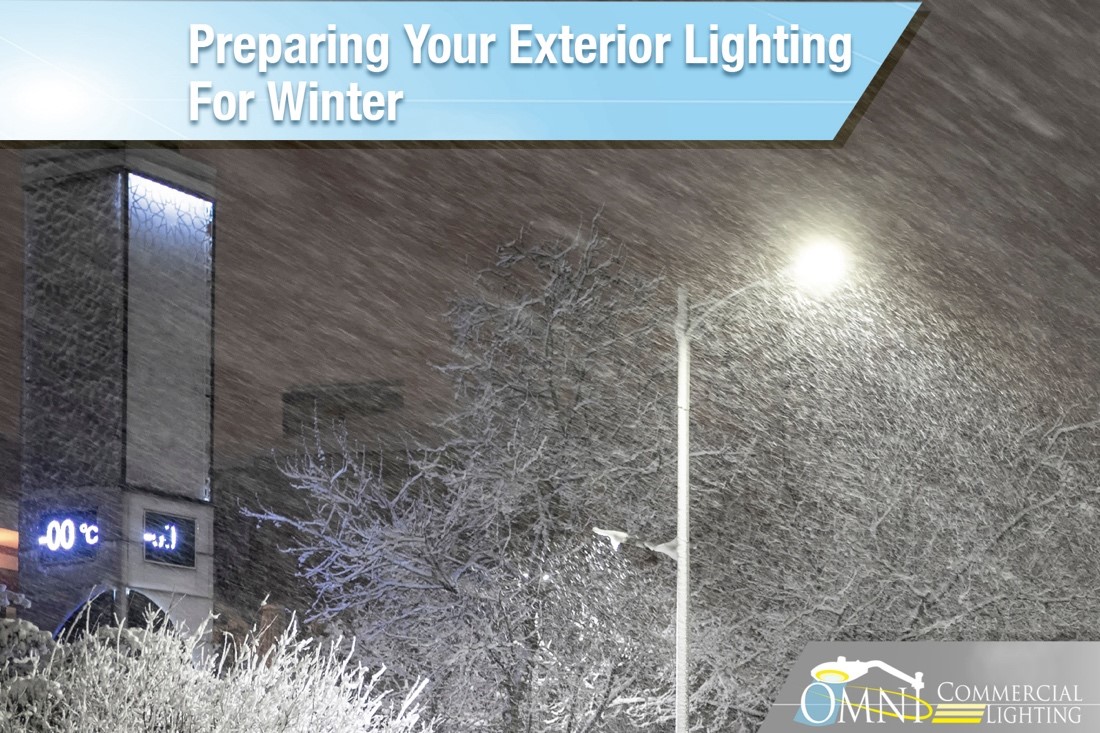In the world of Omni Commercial Lighting, we believe that illuminating your commercial building and landscape isn’t just about brightening up the night – it’s about transforming your space into a safer, more functional, and visually stunning environment. In this blog, we’ll explore how strategic outdoor lighting can enhance the aesthetics, functionality, and safety of your commercial property. Let’s dive into some effective ways to achieve these goals.
Facade Lighting: Illuminate the exterior walls of your commercial building with strategically placed fixtures to highlight architectural features, textures, and colors. Facade lighting can enhance a building’s visual appeal, create a welcoming atmosphere, and improve nighttime visibility.
Pathway and Walkway Lighting: Install pathway lights along sidewalks, walkways, and entry paths to guide pedestrians safely around your property. Low-level lighting fixtures can also enhance the beauty of landscape features and provide a sense of direction for visitors.
Accent Lighting for Landscaping: Use lighting to accentuate trees, shrubs, flower beds, and other landscaping elements surrounding your building. Well-placed spotlights or up-lights can create dramatic effects, add depth to the landscape, and draw attention to key focal points.
Entrance and Signage Lighting: Ensure that the entrance to your building and any signage are well-lit to enhance visibility and make a positive impression on visitors. Lighting around entrances can also improve safety by reducing trip hazards and increasing security.
Outdoor Seating Areas: Incorporate lighting into outdoor seating areas, such as patios, terraces, or courtyards, to create inviting and functional spaces for employees, customers, or tenants. String lights, wall-mounted fixtures, or overhead lighting can add ambiance and extend the usability of outdoor areas after dark.
Safety and Security Lighting: Install motion-activated or continuous lighting fixtures to enhance safety and security on your property. Well-lit parking lots, walkways, and building perimeters can deter criminal activity, reduce accidents, and provide peace of mind for occupants.
Energy-Efficient Lighting Solutions: Opt for energy-efficient lighting technologies, such as LED fixtures, to reduce energy consumption and operating costs while minimizing environmental impact. LED lighting offers long lifespans, low maintenance requirements, and customizable options for color temperature and brightness.
Smart Lighting Systems: Implement smart lighting controls and automation systems to manage outdoor lighting more effectively. These systems allow you to adjust lighting schedules, brightness levels, and color options remotely, optimizing energy usage and enhancing flexibility.
Seasonal and Holiday Lighting: Enhance the festive atmosphere around your commercial building by incorporating seasonal or holiday-themed lighting displays. Decorative lights, themed ornaments, and illuminated motifs can attract attention, engage customers, and create memorable experiences.
Compliance with Regulations: Ensure that your outdoor lighting design complies with local regulations, zoning ordinances, and building codes. Consider factors such as light pollution, glare, and light trespass to minimize negative impacts on neighboring properties and the environment.
By implementing these strategies, you can enhance your commercial building and landscape with outdoor lighting, creating a visually appealing, safe, and inviting environment for occupants, visitors, and passersby alike.
At Omni Commercial Lighting, we specialize in meeting both interior and exterior lighting needs for retail, commercial, and industrial facilities. With fully equipped service vehicles and boom trucks ready to tackle any height, we are committed to delivering unmatched service and value in the commercial lighting industry. Let us light the way for you – reach out to us today!
